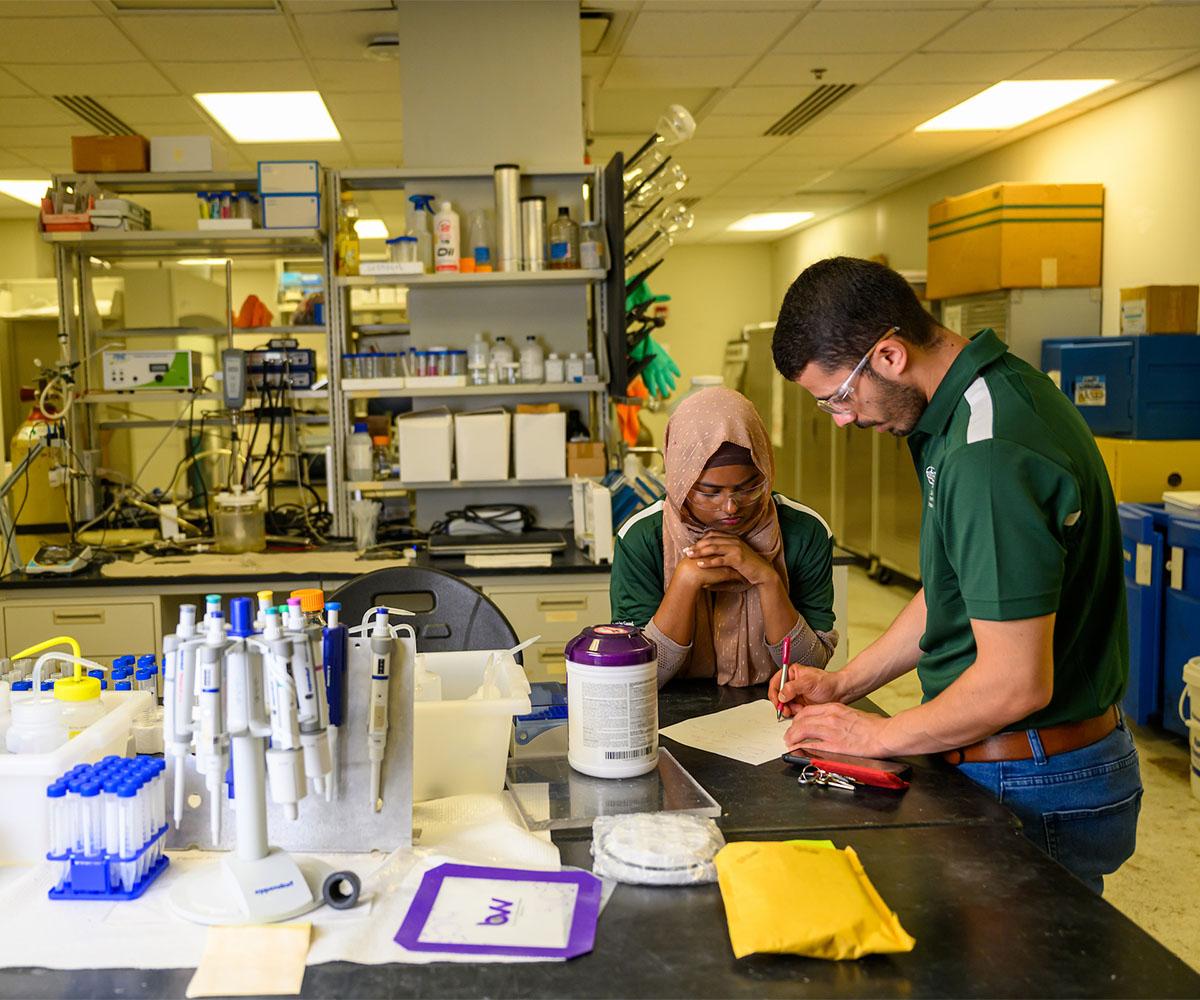Undergraduate students get hands-on experience with research and project support within our research institute, while graduate students in chemical and mechanical engineering contribute to developing the next generation of sustainable energy technology.
For more info on student research opportunities, contact Director Jason Trembly at 740.566.7046.
